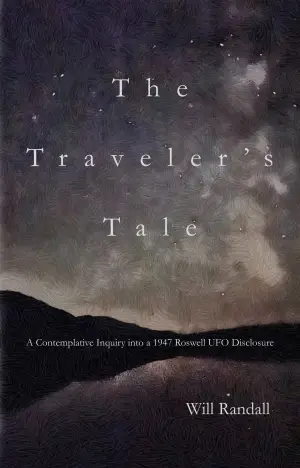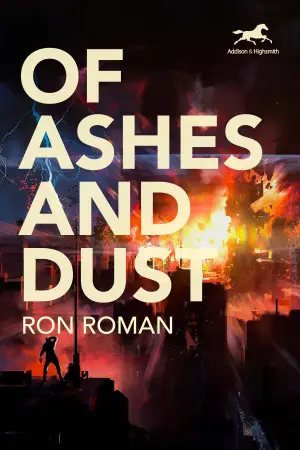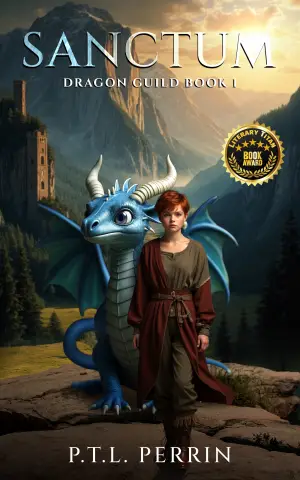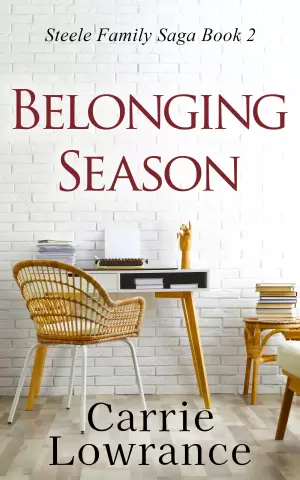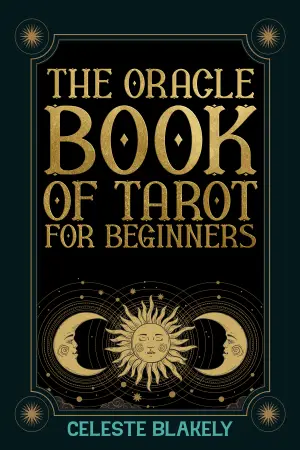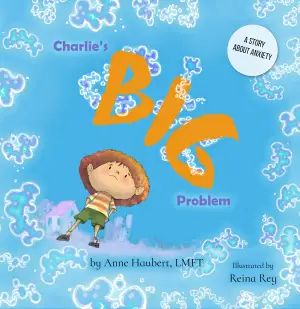Discovering Leigh Radford’s One Yellow Eye: A Zombie Tale Like No Other
As an avid reader, I always find myself drawn to unique twists on tried-and-true genres. When I stumbled upon Leigh Radford’s debut novel, One Yellow Eye, I was immediately intrigued by its premise. A zombie tale that shifts away from the typical horror tropes to explore love, grief, and the gray areas of medical ethics? Yes, please! From the moment I dived into Dr. Kesta Shelley’s harrowing world, I was captivated.
Set in a hauntingly post-apocalyptic London, the story introduces us to Kesta, a brilliant biomedical scientist who is hiding her husband, Tim—a man infected by the zombie virus—in their spare bedroom. Instead of portraying the undead as the mindless flesh-eaters we expect, Radford presents a deeply emotional narrative, showing not just the horror of a world ravaged by disease but the even greater horror of love unyieldingly clinging to hope. I found myself holding my breath, rooting for Kesta in her determined quest to save Tim. Her unwavering belief in a cure, even at the brink of madness, makes for a compelling character arc.
Radford’s professional background in broadcast journalism shines through in her meticulous approach to virology. The connection between the zombie virus and Inclusion Body Disease is particularly fascinating and lends an eerie plausibility to her narrative. In one striking passage, she describes "The little purple jellybeans. An image of a cream-colored snake tied into an impossible knot," blending poetic beauty with scientific intricacy. Moments like this linger in the mind, challenging our perception of horror.
What I loved most about One Yellow Eye was Kesta’s transformation from a reserved scientist into a woman driven to obsession. As her sanity erodes, the slow unraveling of her character felt authentic and relatable. The supporting cast, especially the insightful Dr. Dudley Caring and the sardonic lab technician June Cooke, provide a grounding balance to Kesta’s increasingly desperate behavior. Tim’s presence, even in his catatonic state, serves as a haunting reminder of the humanity in all things lost.
While the narrative builds through a methodical pacing and thoughtful exploration of its themes—grief, denial, and ethical dilemmas—this deliberate approach might not sit well with readers looking for fast-paced action. I admit I found myself occasionally craving more momentum; some parts of the Project Dawn facility felt overstretched. Nevertheless, I appreciated how Radford took the time to delve deep into these complex moral questions instead of leaning into shock value.
Ultimately, One Yellow Eye left me contemplating long after I turned the last page. Radford has skillfully redefined what horror can be, making it an emotional and cerebral experience rather than just a visceral one. I think this book is perfect for readers who long to dive deep into character psychology and appreciate literary craftsmanship over gore.
If you’re willing to engage with challenging themes and revel in the rich nuances of love and loss, I wholeheartedly recommend One Yellow Eye. This is a story that takes a familiar genre and turns it on its head, inviting us to contemplate not just what it means to be human, but the very essence of hope itself.




